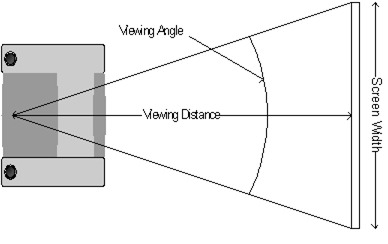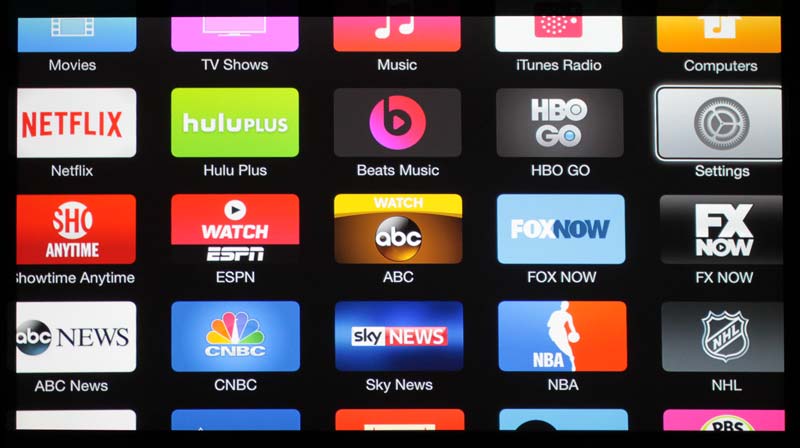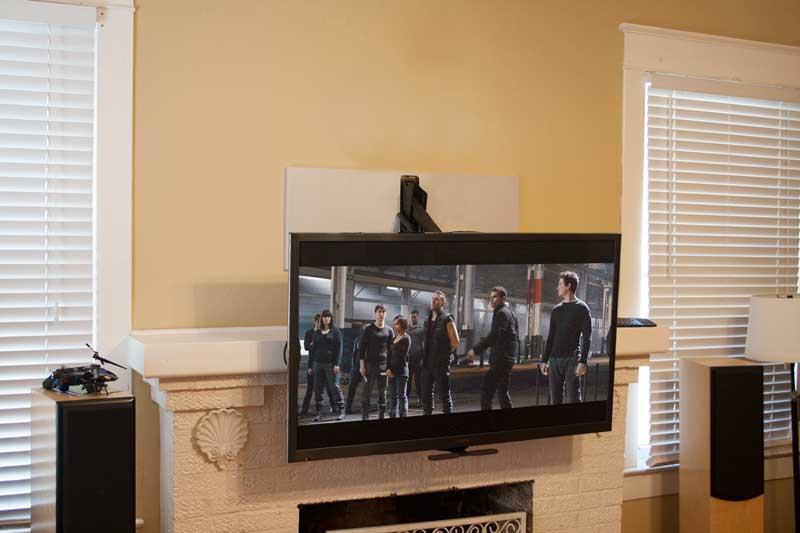Displays: All the Questions You Were Afraid to Ask! Part 2
In part one, we discussed some of the questions you were afraid to ask. They mainly focused on features and preferences when selecting a new TV. In part two, we answer more questions about displays that deal with some of the more practical aspects of purchasing a new TV. A lot of these questions depend on your preferences and use case. The answers can quickly blow your budget out of the water if you want the newest and best (and possibly largest) panel you can buy.
But worry not! Sit down, take a deep breath, and let’s discuss!
1) Does Size Matter
It does, but it’s not as straightforward as you would think. It would be easy to tell you to get the biggest TV your budget allows and call it a day (but that would be wrong). But there are a few factors to consider when choosing a TV. But don’t let this be a question you were afraid to ask when choosing a display!
First, how far do you sit from your screen? This calculation will determine your field of vision. The Society of Motion Picture and Television Engineers (SMPTE) recommends a minimum of 30° FOV for a “good” experience. However, for a “theater” experience, the SMPTE recommends 40° FOV.

Easy right? Get the largest display you can afford and sit as close to it as possible. Instant IMAX! Woah there, Hoss, not so fast. Being that close to a large screen can cause eye fatigue. With too large a field of view, you will need to continually move your eyes all over the screen to take it all in. Plus, sitting very close to a very bright screen (hello HDR!) will cause headaches!
So what size is right? Well, a lot of this is a personal preference. So where do you sit when you go to the movies? If you tend to be in the front third of seats, closer to the screen, you like a FOV over 40°. The middle third tells me you want the cinematic FOV, and the back third tells me you like a smaller screen format. Regardless, we have some tips for you.
Me? I am a middle third person. I sit just under eight feet from my 65″ OLED. That’s a little too far for 40° and I can tell. So I added an articulated mount to move it a little closer when in use and now I’m golden!
2) Do I Need All The Next-Gen Features.
One of the most common questions you might be afraid to ask pertains to next-gen features. Do you need them? For most of us, the answer is probably not. Being an early adopter of next-gen features is a costly endeavor. New tech is generally buggy (I’m looking at you HDMI CEC), becomes outdated quickly (hello HDMI 2.1a), and won’t have a ton of support (remember HD-DVD? Me either!). Unless you are a gamer, you probably won’t use them as much as you think.
Take me for example. My last setup was an HDMI 2.1 panel with an HDMI 2.0 AV receiver and gaming console. It worked fine. I was blissful in my ignorance. But my AV receiver dies so I ended up with HDMI 2.1 for my panel, AV Reciever, and game console. And wow, what a difference I DIDN’T SEE!

Let’s face facts, Champ. You probably aren’t an elite gamer who makes their money from playing online games. That means you don’t need and probably won’t notice the difference between 60hz and 120hz. My Xbox One X has ALLM and all the fancy game mode goodies, plus HDR gaming and I didn’t notice much. Plus movies are 24FPS, so all the HDMI 2.1 goodness means bupkis for me! But I did get all the green checkmarks on my Xbox, so there is that! For early adopters, that’s all they care about!
On top of that, there are limited devices right now that support the HDMI 2.1 gaming features. As of this writing, there are the PS5 and Xbox Series X, plus a handful of high-end graphics cards. That’s not to say that we won’t see more going forward, but right now, gaming, not movies or streaming, is the driving force behind most of those features.
If it were me, I would choose a high-performance HDMI 2.0 panel over a mediocre HDMI 2.1 panel and spend the saved money on room treatments. Again, don’t let this be a question you were afraid to ask!
3) What Smart TV Features Do I Need?
Ok, so one of the most common questions I see on forums is around smart TV features. Dumb TVs are not a thing anymore. Instead, you will be hard-pressed, aside from a computer monitor, to find a 4K panel that doesn’t have basic smart-tv features and built-in apps. But do you need any of them? Probably not, because you will almost always want a streaming box.

But why should I spend extra on a streaming box when I can get the apps for free on my TV? Easy, the chips and memory in our TVs are embedded on the mainboard and aren’t upgradeable. As apps change, add features, and get more powerful, they strain your TV’s processor and become very slow and unresponsive. When your streaming box gets long in the tooth (usually after a couple of years), you replace it. I don’t suspect you are willing to get a new TV that frequently.
So my advice is not to buy a TV based on its OS. Instead, assume it will become outdated quickly, and you will add a streaming box at some point. The only reason I connect my TV to WiFi is for updates.
4) What Connections Do I Need?
I hate to sound like a broken record, but that depends. My LG B9 has 4 HDMI 2.1 ports, an optical out, and a legacy 3.5mm jack. But I have only used a single HDMI port because I use my AV receiver as my HDMI switcher. So you may have a completely different system.

But what if you have a soundbar with limited HDMI inputs or an older AV receiver that doesn’t have ARC? In those cases, you may need a TV with multiple HDMI inputs or an optical cable to pass-through audio. Luckily, most modern TVs have at least 3 HDMI inputs, and almost all have optical outs. Just know that in some TVs, only one HDMI will have a high bandwidth output, and optical limits you to lossy audio.
However, if you are the typical AV enthusiast, you probably have a semi-modern AV receiver that will do your switching for you, so having a ton of extra ports is not a deal-breaker. That said, you have to base your needs on your system.
5) How High Should I Mount It?
This question is one of THE MOST hotly debated topics on forums; Peruse any common AV forums, and you will often see a comment declaring, “TV TOO HIGH!” And while I think I can safely say that mounting a TV over a fireplace mantel is too high (at least without the right mount), a lot of placement comes down to personal use and preference. I don’t blame you if this is a question you were afraid to ask!


The consensus is that the TV’s centerline should align with your seated eye level. But here is where it can get tricky. I am 6’2, and my wife is 5’3. My eye level is higher than hers, so it is placed optimally for me. But what if I decide to lie down/have home theater recliners/have to put it on top of a console? My point is that there are numerous variables you need to consider when placing your TV.
So here is the thing, there is a range that is considered ideal, and you need to balance that with your space. I always suggest using painter’s tape to mark out where your TV will sit on the wall and give it a test drive. Do you find it comfortable? Can you take in the whole picture comfortably? Plus, the chances are that you and some anonymous internet troll will be the only ones that will care where your TV is. Go ahead and don’t be afraid to ask that question!
Our Take
Picking a new TV can put you in analysis paralysis pretty quickly. But it doesn’t have to be that difficult. Hopefully, we have armed you with some knowledge and helped you figure out what TV is best for you.
Take your time, look at your options and remember, “buy once, cry once.” I spent a lot of extra cash getting what I didn’t want before I decided to bite the bullet and spend what I needed to get the performance I wanted.


